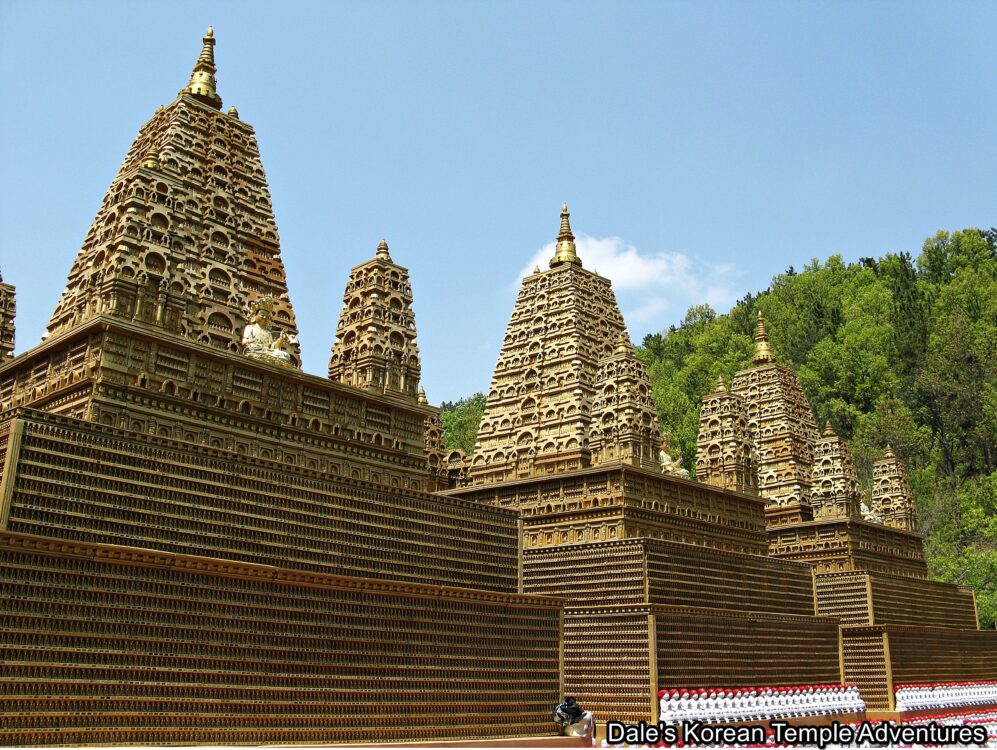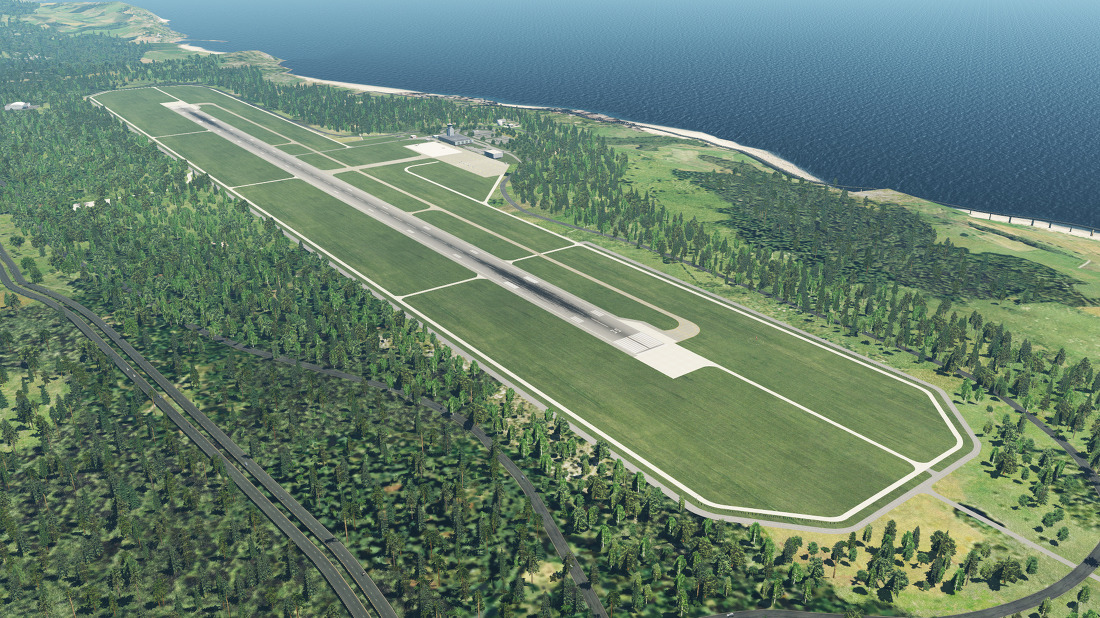Gwangju (Gyeonggi): A Modern City With A Rich Cultural Heritage
Looking for an exciting and vibrant travel destination in Asia? Look no further than Gwangju! With its rich history and culture, beautiful natural landscapes, and delicious culinary delights, this city is a must-visit for all travelers to Asia.

Demographics and Culture
Gwangju is located in the southwestern region of South Korea and is the sixth-largest city in the country. The population of Gwangju is approximately 1.5 million people, and the city is known for being a hub of arts, culture, and democracy. The city played a significant role in the democratization of the country in the 1980s and is home to a number of museums, galleries, and theaters that showcase the country's cultural heritage.
Gwangju is also an important educational center in South Korea, with several universities located within the city's limits. The city is known for its young and vibrant population, which contributes to the city's lively and energetic atmosphere.
Tourist Destinations
When visiting Gwangju, there are several must-see tourist destinations that should be on every traveler's itinerary.
Mudeungsan National Park
Located in the eastern part of the city, Mudeungsan National Park is a beautiful natural landscape that spans over 75 square kilometers. The park is known for its mountain range, which contains peaks over 1,000 meters high, as well as its diverse flora and fauna.
Gwangju Biennale
The Gwangju Biennale is an international contemporary art exhibition that takes place every other year in the city. The event has been held since 1995 and is known for its innovative and cutting-edge installations that attract artists and art enthusiasts from around the world.
May 18th National Cemetery
The May 18th National Cemetery is a memorial park located in the center of the city that commemorates the Gwangju Uprising of 1980. The park is home to several monuments and statues that pay tribute to the victims of the event, as well as a museum that provides an in-depth look at the history and significance of the uprising.
Shopping and Culinary
When it comes to shopping and dining in Gwangju, there are plenty of options to choose from.
Dongmyeongdong Market
The Dongmyeongdong Market is a traditional Korean market located in the heart of Gwangju. The market is known for its food stalls, which sell a variety of delicious Korean dishes such as bibimbap, kimchi, and tteokbokki.
Geumnam-ro Fashion Street
The Geumnam-ro Fashion Street is a trendy shopping district that features a variety of boutiques and shops selling the latest fashion trends. The street is popular among young people in Gwangju and is a great place to pick up unique and stylish clothing and accessories.
Tips
When planning a trip to Gwangju, there are a few important things to keep in mind.
Language
While many people in Gwangju speak some English, it is always helpful to learn a few basic Korean phrases before visiting the city. This will make it easier to communicate with locals and navigate your way around the city.
Transportation
Gwangju has a fairly extensive public transportation system, including buses and a subway line. However, it can be helpful to have a map or transportation app on hand to help navigate the city.
With its rich history, vibrant culture, and beautiful landscapes, Gwangju is a must-visit destination in Asia. Whether you're interested in art, culture, nature, or delicious cuisine, there is something to suit every traveler's interests in this exciting city. Don't miss out on the opportunity to explore this fascinating destination!




Post a Comment for "Gwangju (Gyeonggi): A Modern City With A Rich Cultural Heritage"